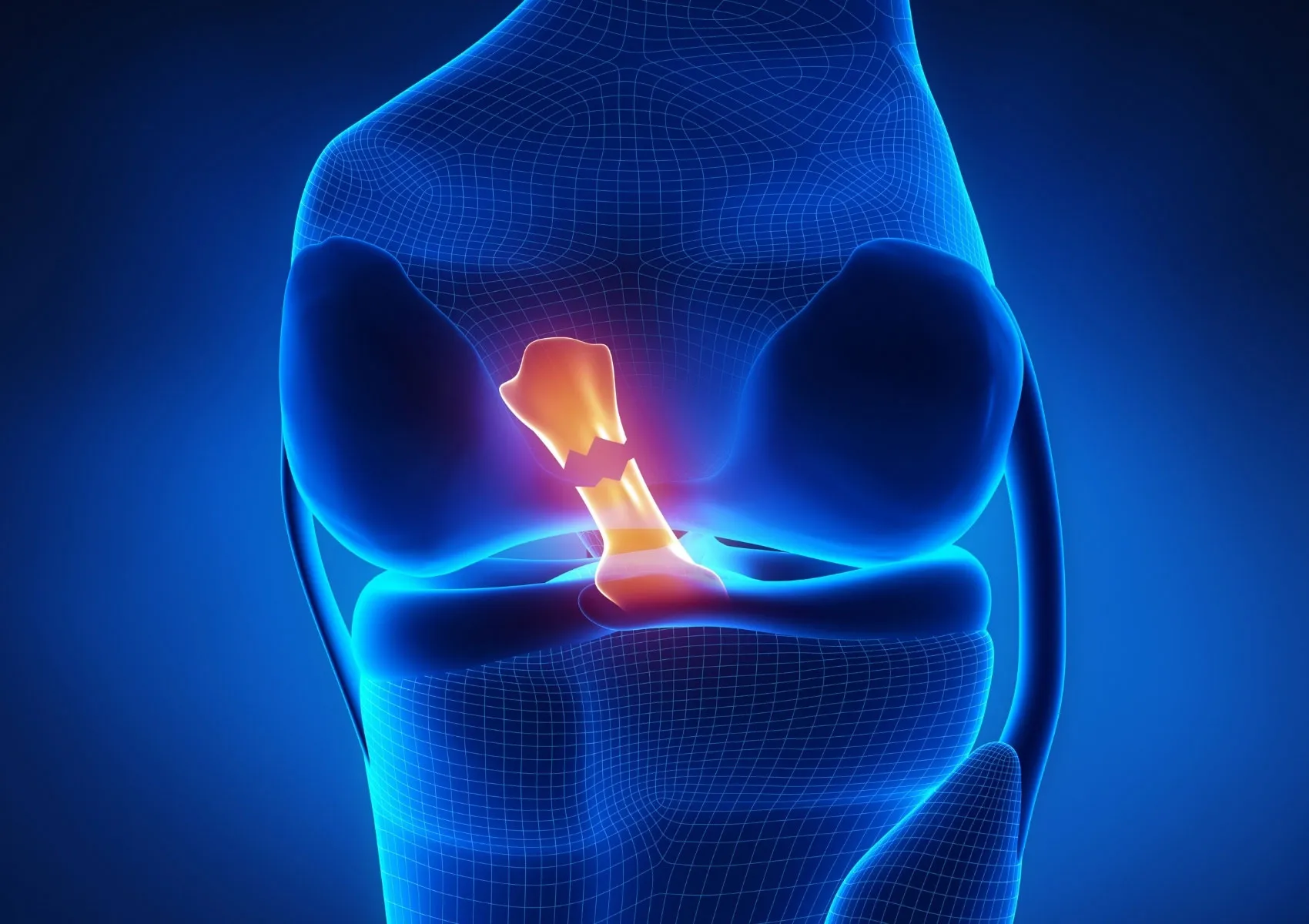Posterior Cruciate Ligament (PCL) Tear: Rare but Serious
Posterior cruciate ligament (PCL) injuries are less common than anterior cruciate ligament (ACL) injuries, but they can be just as serious. Because the PCL is stronger than the ACL and located deeper in the knee, its injuries are often underdiagnosed—yet if left untreated, they may result in chronic instability, cartilage damage, and early-onset osteoarthritis.
In this article, we explain the function of the PCL, the signs of injury, diagnostic methods, and treatment options.
What Is the Posterior Cruciate Ligament (PCL)?
The PCL is a strong, central ligament that runs between the femur (thigh bone) and tibia (shin bone) inside the knee. It prevents the tibia from sliding too far backward and plays a key role in posterior and rotational stability of the knee—especially when the knee is bent and force is applied from the front.
What Causes a PCL Tear?
PCL injuries usually occur due to high-energy trauma, such as:
- Car accidents (when the shin hits the dashboard)
- Sports injuries in football, skiing, wrestling, etc.
- Hyperextension of the knee
- Direct blow to the front of the knee when it’s bent
PCL tears may occur alone or as part of a multi-ligament injury involving the ACL, MCL, LCL, or meniscus.
Symptoms of a PCL Tear
- Pain at the back of the knee or general knee discomfort
- Swelling, especially within the first 24 hours
- Instability when walking downhill or climbing stairs
- A feeling of fullness or pressure behind the knee
- Decreased athletic performance and loss of confidence
- Bruising at the back of the knee (less common but indicative)
How Is a PCL Tear Diagnosed?
-
Physical Examination
-
Posterior drawer test
-
Quadriceps active test
-
Ligament stability assessment
-
-
Imaging Studies
-
X-ray: To rule out fractures
-
MRI: Gold standard for visualizing ligament damage
-
CT scan: If there’s concern for bone involvement or fractures
-
Treatment Options
Conservative (Non-Surgical) Treatment
- For partial tears (Grade I–II)
- If knee stability is preserved
- Includes physical therapy, quadriceps strengthening, and knee bracing
Surgical Treatment
- Indicated for complete tears (Grade III)
- Cases with knee instability or multi-ligament injuries
- Common in athletes or highly active individuals
- Performed via arthroscopic PCL reconstruction
Recovery Timeline
-
Conservative treatment: 6–12 weeks
-
Surgical treatment:
-
6 weeks of protected weight bearing
-
Active rehabilitation begins at 6–8 weeks
-
Return to sports in 6 to 9 months
-
What Happens If a PCL Tear Is Ignored?
- Development of chronic instability
- Increased risk of meniscus and cartilage degeneration
- Progression to knee osteoarthritis
- Long-term limitations in daily and athletic activities
FAQ
-
Can a PCL tear heal on its own?
Partial tears may heal with proper rehab, but complete tears often require surgical reconstruction—especially in active individuals.
-
What happens if a PCL tear is missed?
Undiagnosed PCL injuries can lead to long-term instability, cartilage damage, and arthritis.
-
Is PCL surgery painful?
Postoperative pain is manageable with modern techniques and usually subsides within days.
-
Can I play sports after a PCL tear?
Yes, but only after full rehabilitation. Untreated tears significantly reduce athletic performance.
-
Can both ACL and PCL be torn together?
Yes, and this is considered a multi-ligament injury, which typically requires surgical treatment.

